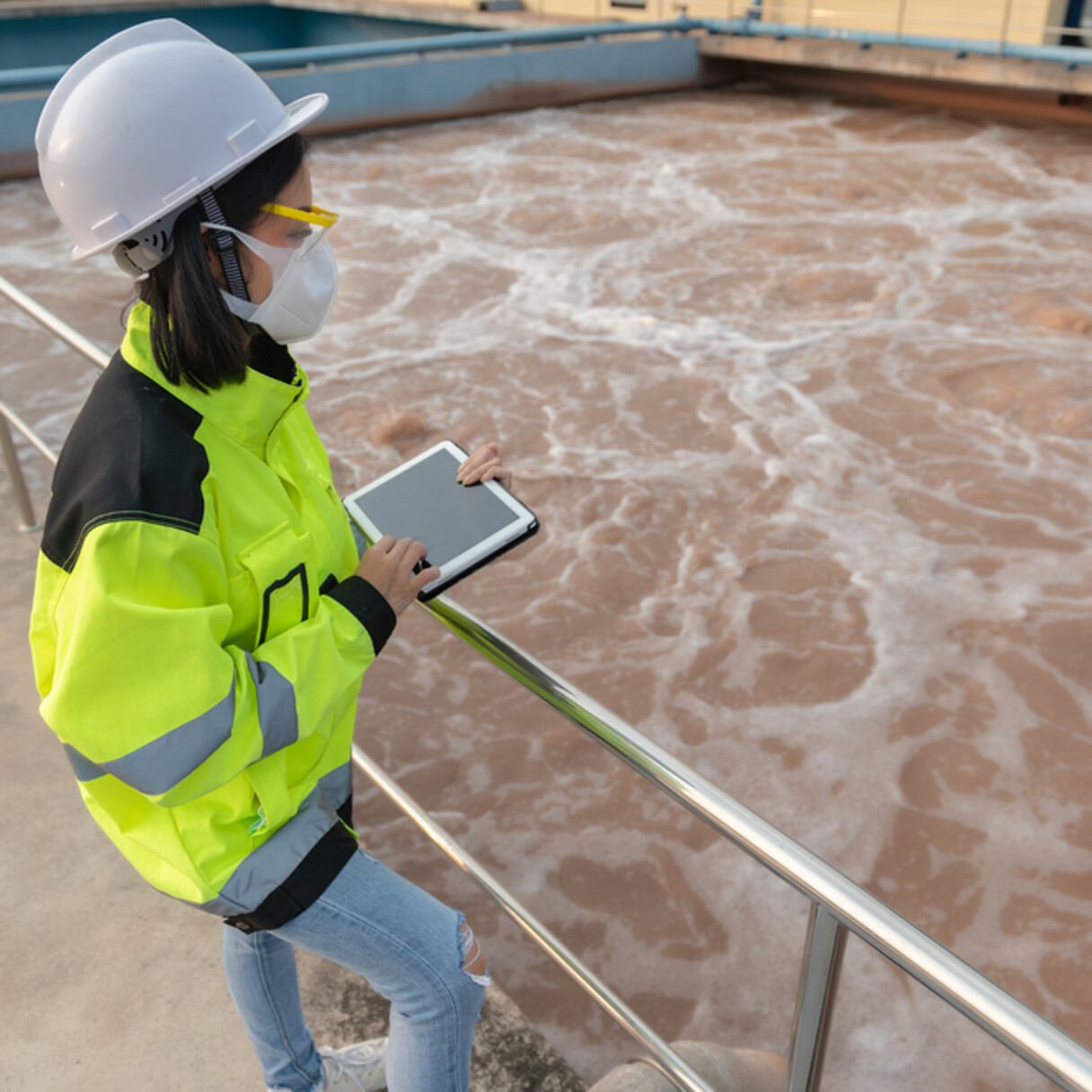Nitrous oxide (N2O), often referred to as "laughing gas", is a potent greenhouse gas with a global warming potential (GWP) 273 times that of carbon dioxide for a 100-year timescale, according to the US EPA. This gas can be produced and directly emitted from wastewater treatment plants, and thus cause a considerable contribution to the plant's carbon footprint. Sensors detecting nitrous oxide can help to optimise wastewater treatment processes and minimise nitrous oxide emissions while effectively removing nitrogen from the water. Most sensors detect nitrous oxide in the gas phase (directly after emission from the water phase), but direct measurements in water are also possible.

Available sensor technologies
Most available sensors detect nitrous oxide in its gas form, immediately upon emission from the water phase. However, nitrous oxide measurements directly in water are also possible, using a miniaturized Clark-type sensor (see e.g., Unisense). A Clark-type sensor, also known as a Clark electrode, is an electrochemical sensor which was invented by British biochemist Leland C. Clark in the 1950s and has since been widely used in various applications, including environmental monitoring, medical devices, and research. The basic principle behind a Clark-type sensor involves the electrochemical reaction that occurs at the sensor's electrodes. The sensor typically consists of two electrodes submerged in an electrolyte solution. One electrode is a working electrode made of a noble metal like platinum, and the other is a reference electrode.
Other commonly used detection techniques for the detection of nitrous oxide include infrared spectroscopy, Tunable Diode Laser Absorption Spectroscopy (TDLAS), electrochemical or semiconductor gas sensors, or colorimetric detection. Technology suppliers for the water industry include Hatech, Teledyne, or Horiba.
Video
This video from Australia is an example of how wastewater treatment monitoring of greenhouse gases can be approached. They use a gas monitor to determine the emission of nitrous oxide during the biological treatment step, and the video clearly shows how it is done.
Further reading
Want to dive in deeper? We recommend the following publications:
- Eawag news item
- Ni et al. (2015): Full-Scale Modeling Explaining Large Spatial Variations of Nitrous Oxide Fluxes in a Step-Feed Plug-Flow Wastewater Treatment Reactor
- Pan et al. (2016): Unravelling the spatial variation of nitrous oxide emissions from a step-feed plug-flow full scale wastewater treatment plant
- Duan et al. (2020): Mitigating nitrous oxide emissions at a full-scale wastewater treatment plant
